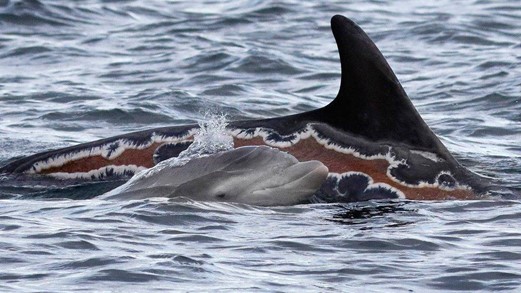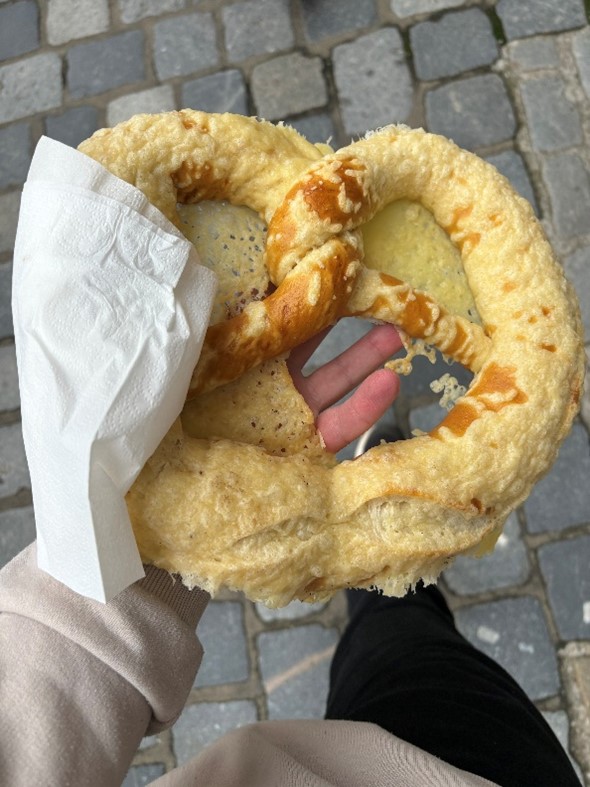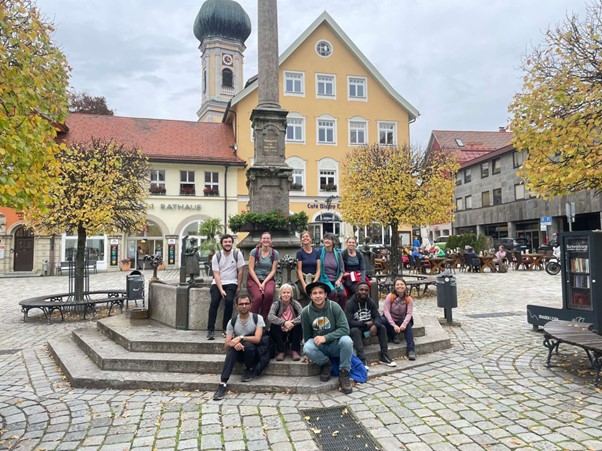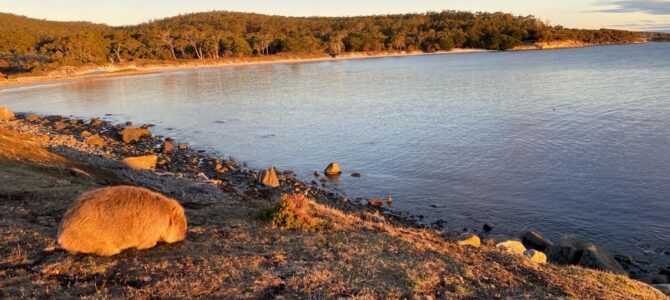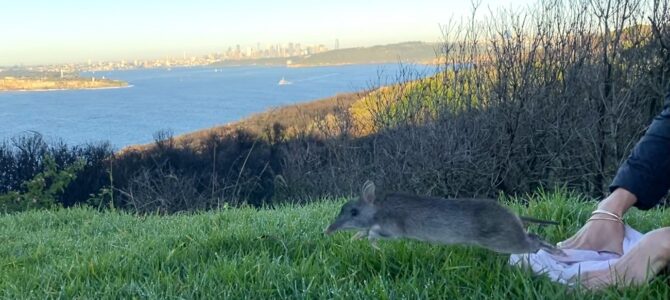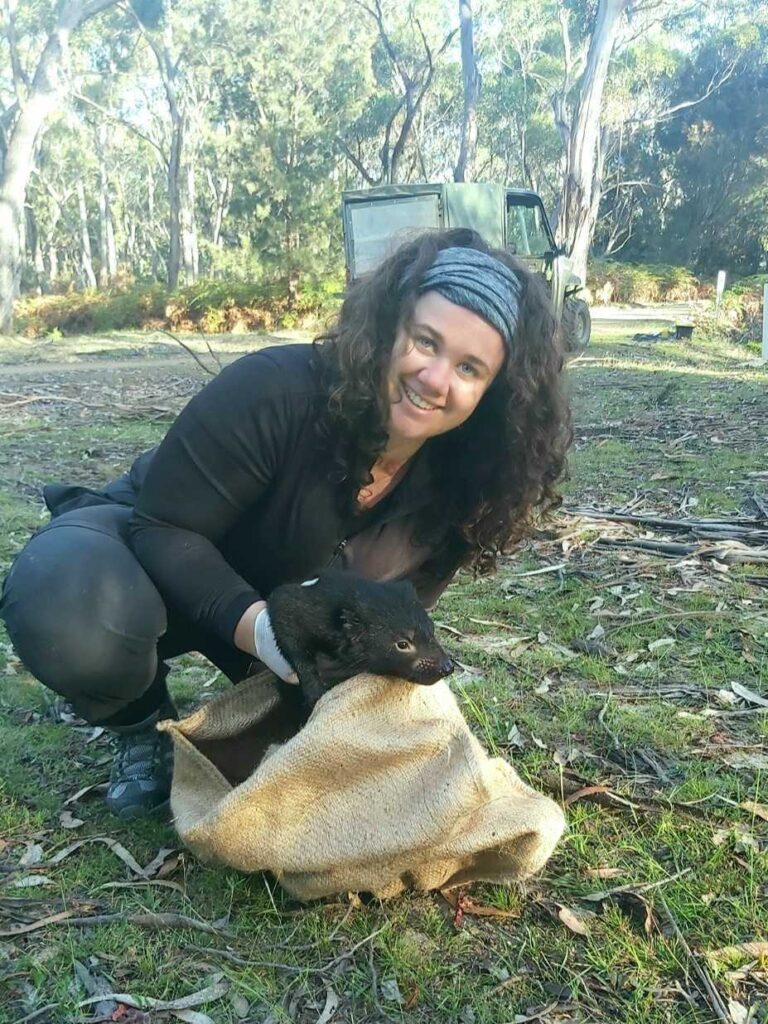by Toby Kovacs
One of the most exciting (and nerve-wracking) milestones in a PhD is dressing your project up, which is often still a little rough around the edges, for a presentation at an international conference. While I’d previously attended several local Australian meetings, last year I had the first opportunity to take my work global at the Annual Meeting of the Society for Molecular Biology and Evolution (SMBE) in Puerto Vallarta, Mexico. It was daunting, inspiring, tiring and fun all tied into one, but I’ll try and summarise some of the highs and lows.
After scouring the internet for conferences that were relevant, logistically feasible, and ideally located somewhere with good food (and maybe some tequila), I settled on SMBE. After applying, I was nervously hoping to have my abstract accepted as a poster presentation. SMBE hosts large daily poster sessions, where over a hundred students and researchers present the beautiful lovechild of their scientific insights and graphic design passion. However, these plans were thwarted when I was *upgraded* to a symposium talk. I knew this was going to really test my public speaking confidence. However, choosing SMBE came with some added bonuses: my supervisor and a fellow PhD student attended too, providing invaluable support throughout the week.
From the outset, the scale of the conference was slightly overwhelming. On day one, we took the shuttle from our hotel to the convention centre and wandered around to get our bearings. I accidentally walked into the main hall, a cavernous space big enough to seat the entire conference, believing it was the venue for my talk. Glancing around, I turned to my labmate and muttered, “I’ve made a huge mistake.” Thankfully, to my relief, my actual session was scheduled for a much smaller room next door.
Each symposium at SMBE brought together leading researchers, early-career scientists, and a handful of wide-eyed PhD students, like me. I was just another Australian who had travelled around the world to talk about our unique endemic marsupials, classic. The session setup was impressively professional. There was a team dedicated to handling the microphones, projectors, clickers, and livestream recording. Unfortunately, technology still had its say. The first speaker discovered that the clicker was not working, marooning him on his title slide, which, despite his fantastic public speaking skills, could only get him so far through his talk. As three support staffers frantically dissected the clicker, a temporary solution was implemented, where the speaker had to wave their hand to signal for the next slide. The other presenting PhD student turned to me in panic, realising how she would have to continuously wave her hand to get through the hundreds of animations in her talk. She dashed up to the support table to quickly simplify her slides in the hope of not wearing her arm out.
Accepting the forced exercise that had been thrust upon us, I sat nervously through the talks before mine, regretting the jalapeños I had added to my breakfast gordita. When it was finally my turn, the host announced my last name with the correct Hungarian pronunciation, which led me to open with an off-script anecdote about its anglicisation when my family moved to Australia. The nerves were evident, but we rolled with it. I waved through most of my talk (very royal family-esque) until, with one minute to go, a staff member heroically handed me a newly functional clicker. A small but powerful victory.
One of the benefits of travelling for a conference is being able to meet people working in similar fields from around the world. After our symposium the speakers were invited to an impromptu waterside dinner, where we learned what “¡Peligro: Cocodrilos!” means, which is important in Mexico. That evening sparked what later became my first collaborative review paper, which developed (via 5 am zoom calls) over the following year. And, of course, the food was phenomenal: octopus ceviche, birria, mole, table-made guacamole, elotes, and more tacos than I could count. My mouth was delighted; my stomach, less so.
After the conference, I squeezed in some scuba diving and was lucky enough to swim alongside a pod of dolphins and spectate a manta ray flash mob. I capped off the trip with a visit to Mexico City, where I toured the botanical and entomological collections at UNAM and connected with evolutionary biologists at Mexico’s largest university. All in all, attending SMBE 2024 was an incredible experience. The people I met, the research I saw, and the tacos I ate made it all worthwhile. If you are a PhD student looking for fresh ideas or new collaborations, I highly recommend taking the plunge at an international conference, especially in a country you have never been to.
Next up: SMBE 2025 in China, where I will finally be living my poster presentation dream.
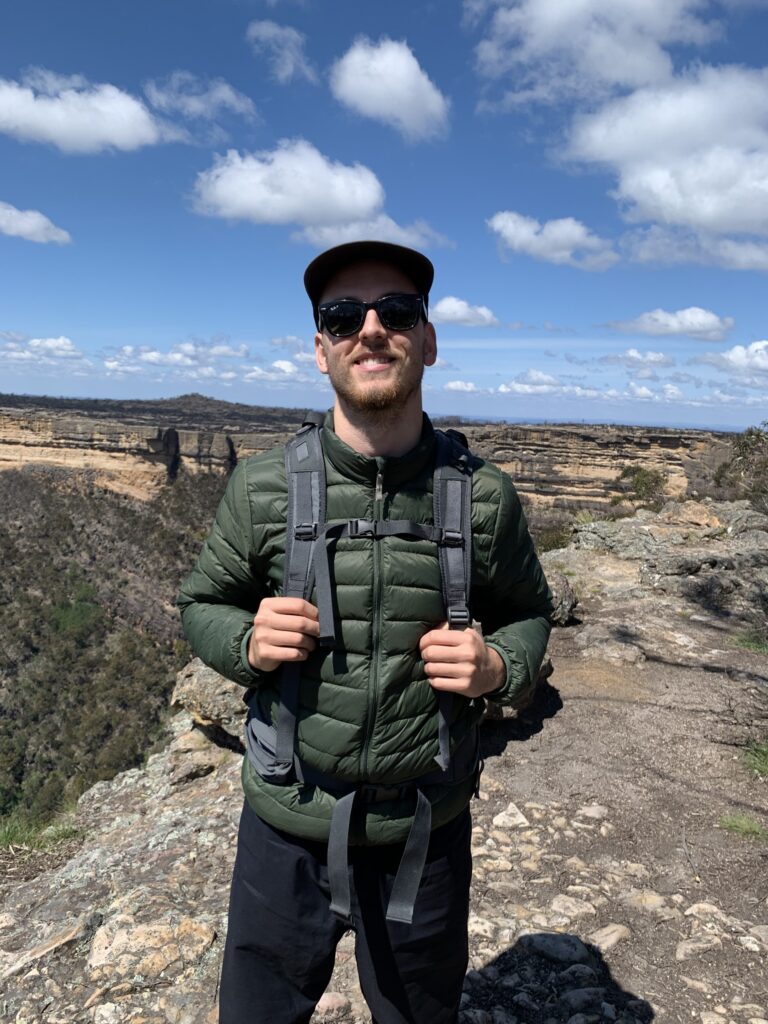
Toby Kovacs (PhD Student) I am using historical and modern Koala genomes to assess shifts in functional diversity over time, estimate genomic mutation rates, and test for signatures of local adaptation. I have a background in phylogenetics and molecular evolution and am completing my PhD in the Molecular Ecology, Evolution and Phylogenetics Lab in collaboration with the Australian Wildlife Genomics Group and the Center for Evolutionary Hologenomics (University of Copenhagen).











